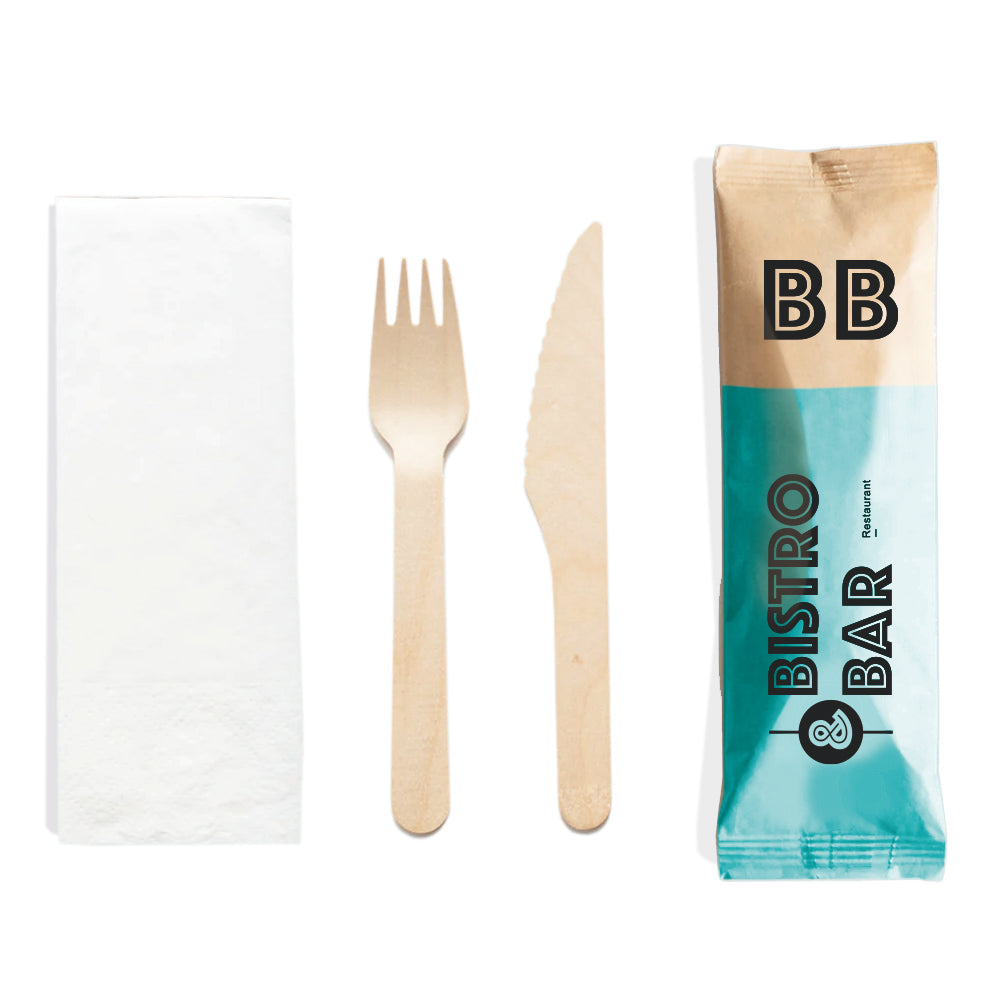The Art and Significance of Bamboo Chopsticks
Bamboo chopsticks are more than just simple utensils; they are a symbol of culture, tradition, and sustainability. Originating in Asia, chopsticks have evolved over thousands of years into an art form, and bamboo has become a preferred material for their creation. This article explores the history, craftsmanship, and environmental benefits of bamboo chopsticks, highlighting their significance in contemporary society.
Historical Background
The use of chopsticks dates back to ancient China, around 1200 BC. Initially, they were utilized for cooking, serving, and eating food. Over time, the design and materials of chopsticks evolved. While metal, porcelain, and wood were commonly used, bamboo emerged as a naturally abundant and practical option. It was lightweight, easy to handle, and readily available, making it a favorite among artisans.
As chopsticks traveled across Asia, they adapted to local cultures and cuisines. Countries like Japan, Korea, and Vietnam each developed their unique styles and customs around chopstick use. Despite the variations, bamboo chopsticks maintained their popularity due to their accessibility and eco-friendly characteristics.
Craftsmanship of Bamboo Chopsticks
The craftsmanship involved in creating bamboo chopsticks is an art passed down through generations. Skilled artisans meticulously select high-quality bamboo, often choosing species renowned for their strength and durability. Once selected, the bamboo stalks are trimmed and shaped into the desired length and thickness, typically around 25 centimeters long.
Traditionally, artisans crafted chopsticks by hand, using tools like knives and chisels to carve intricate designs that reflect cultural symbolism. Today, while many bamboo chopsticks are produced in factories, artisans still create custom designs that showcase creativity and cultural heritage. These handcrafted chopsticks often feature decorations such as lacquer finishes, engraved patterns, or even painted illustrations that breathe life into each piece.
bamboo chopsticks

Environmental Benefits
One of the most significant advantages of bamboo chopsticks is their sustainability. Bamboo is one of the fastest-growing plants in the world, capable of reaching maturity in just three to five years. Unlike trees, which can take decades to grow, bamboo can be harvested without destroying the plant, allowing it to regenerate quickly. This rapid growth makes bamboo an environmentally friendly alternative to other materials used for chopsticks.
Moreover, bamboo absorbs carbon dioxide and releases oxygen at a higher rate than traditional trees, contributing positively to the environment. Using bamboo chopsticks supports a sustainable lifestyle, as they are biodegradable and can decompose naturally, reducing plastic waste in our oceans.
Cultural Significance
In many Asian cultures, chopsticks carry more than just practical uses; they embody traditions and etiquette. For example, in Chinese culture, it's considered disrespectful to stick chopsticks vertically into a bowl of rice, as this resembles the act of offering incense to the deceased. Similarly, in Japanese culture, it is frowned upon to pass food directly from one pair of chopsticks to another due to its association with funeral rites.
Additionally, bamboo chopsticks often serve as gifts in various cultural ceremonies, symbolizing good fortune and prosperity. Whether presented during weddings, festivals, or housewarming events, they represent connection, hospitality, and respect among communities.
Conclusion
Bamboo chopsticks are a fascinating blend of history, artistry, and environmental consciousness. As they continue to serve as a vital part of Asian cuisine, they remind us of the importance of sustainability and cultural appreciation. Embracing bamboo chopsticks is more than just a choice of utensil; it is a commitment to preserving our planet and celebrating the rich traditions that have shaped our culinary practices over time. Whether you're dining at a fancy restaurant or enjoying a homemade meal, using bamboo chopsticks connects you to a broader narrative of culture and sustainability—one bite at a time.



